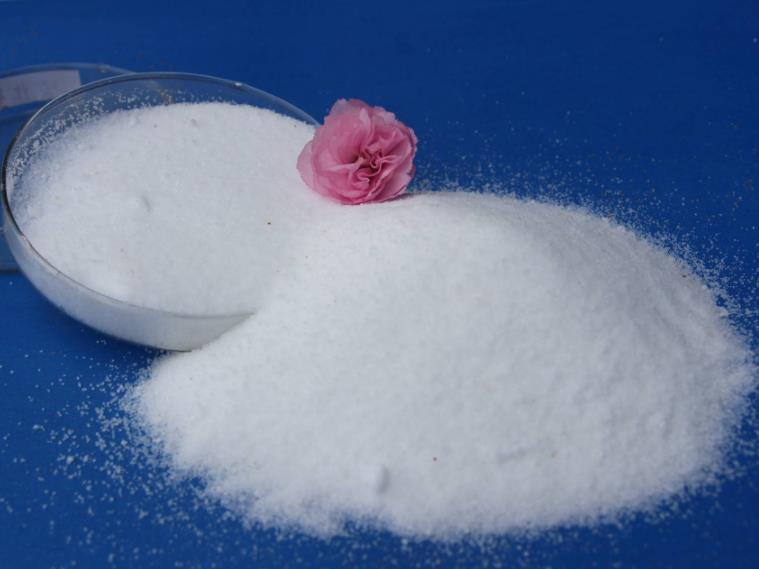Many polyacrylamide drug dissolving tanks in wastewater treatment plants have a thin layer of gelatinous residue and some large flocculent residues on the inside and bottom. No matter how long you stir it, the residue will not dissolve. If not handled properly, they usually cause a few unnecessary minor annoyances, and the residue can be a hassle to clean up.

Some large flocks can also be taken out with hooks, and some small flocks are frightening. Polyacrylamide is an organic polymer flocculant with large molecular weights, generally on the order of millions to tens of millions. It expands, dissolves and then slowly dissolves. If a large amount is added at a time through manual dosing, and it cannot be added evenly and slowly, it will expand when it touches the water, and then the surface area will become larger, covering the part that has not touched the water (can be fished out).
At present, most sewage treatment plants generally use manual dosing (if the automatic dosing machine is used, it can not only save manpower, but also avoid this situation as much as possible). It is recommended to stir the water before adding the drug, and then slowly and evenly add the drug above the water column, flushing out from the water inlet, so that the reagent can be rushed into the water along the water, which can reduce the probability of polyacrylamide caking, and try to avoid the reagent contact with the inner wall of the dissolution tank when adding the drug.
It is recommended to use automatic continuous feeding system as far as possible under the following conditions to improve work efficiency and avoid caking during dosing. In addition, the quality of polyacrylamide on the market is uneven, and some products have quality defects, such as poor hydrophilicity, more insoluble substances, poor solubility, etc., which are easy to caking when adding drugs.